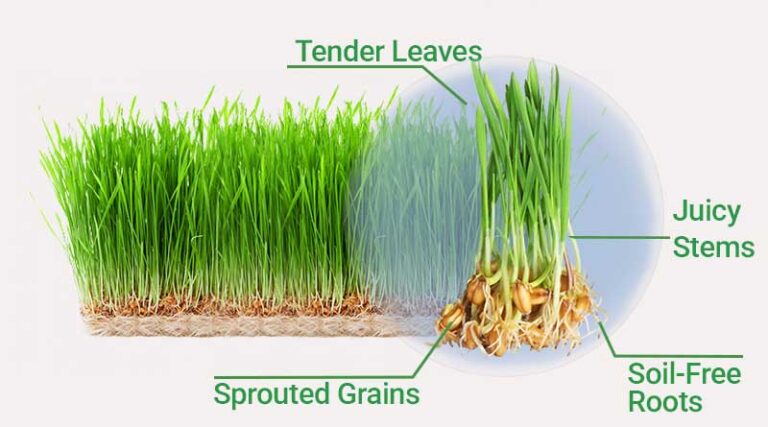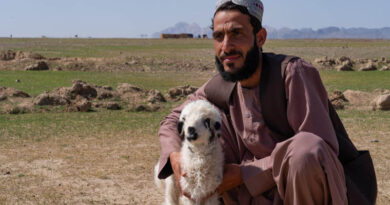
Why India Is the World’s Largest Dairy Producer but Ranks Low in Productivity
Guest Author: Mr. Vijay Singh, MD & CEO, Shunya Agritech
28 September 2025, New Delhi: For over 10 crore households across India, dairy farming is more than just an occupation – it is also a way of life. Contributing nearly 5% to the country’s GDP, the sector forms the backbone of rural livelihoods and has made India the world’s largest producer of milk. In 2024, the dairy market stood at USD 135 billion and is projected to almost double to USD 274 billion by 2032, reflecting both its scale and its potential.
Yet behind these impressive figures lies a troubling paradox. Despite producing nearly a quarter of the world’s milk, India ranks far behind other major dairy nations in terms of productivity with average milk yield per cow being half the global metric. This gap not only affects farmer incomes but also constrains India’s role in the global dairy trade—our exports account for a mere 0.25% of the world total, a stark contrast to our 24% share in production.
This productivity deficit is not just a statistical anomaly; it is a structural challenge rooted in farm sizes, access to quality nutrition, climate stress, and limited use of technology. Addressing it is critical—not only to strengthen India’s dairy economy but also to empower the millions of families whose futures depend on it.
The Smallholder Model: A Double-Edged Sword
Nearly 85% of India’s dairy farmers are smallholders, operating with one to two animals on less than two acres of land. This model has long been celebrated as a symbol of rural empowerment, enabling income generation at the household level. However, smallholder farms face inherent limitations in scaling up productivity due to land scarcity and lack of access to consistent, high-quality inputs.
The limited size of these holdings means that farmers are forced to prioritise staple crops or cash crops over growing green fodder, despite fodder being a critical component of livestock nutrition. In the absence of adequate grazing land, which has significantly diminished due to urbanisation and unplanned agricultural expansion, farmers rely heavily on dry fodder and expensive concentrate feeds.
Nutrition: The Missing Link
Scientific research clearly establishes that green fodder plays a pivotal role in milk production, contributing essential moisture, fibre, and nutrients that dry fodder and concentrates cannot adequately replace. Yet, the country faces a net shortfall of 35.6% in green fodder, 10.5% in dry crop residues, and 44% in concentrate feed ingredients.
This shortage forces farmers into suboptimal feeding practices, combining dry fodder with concentrate supplements and available leafy greens—often of inconsistent quality. Such diets fail to meet the nutritional requirements necessary for optimum lactation, leading to frequent dry periods, poor milk quality, and overall reduced yield.
Climate Change: An Understated but Critical Threat
The climate crisis amplifies these structural challenges. Studies show that a 1°C increase in maximum temperature reduces milk yield by 2.4% in cattle and 2.1% in buffaloes. Sudden extreme temperature variations can cause a 10–30%drop in milk production during the first lactation itself. Buffaloes, which form a backbone of India’s milk production, are particularly vulnerable; their feed intake can fall by up to 40% during summer heatwaves, drastically reducing milk output.
Changing climate patterns also disrupt forage quality and availability. Erratic rainfall and rising temperatures alter vegetation cycles, making traditional fodder cultivation unpredictable. In years of heavy rainfall or crop failure, farmers report paying ₹1,700 per quintal for fodder compared to the usual ₹700–800, deepening financial stress and limiting their capacity to invest in better practices.
Technology Gaps and Infrastructure Challenges
Despite significant advances in dairy technologies globally, India’s dairy ecosystem remains underserved in terms of innovation. The fragmented supply chain lacks the digital backbone needed to empower farmers with real-time insights into livestock health, feed management, and disease prevention.
Most smallholder farmers are not connected to veterinary support networks or digital platforms that could enable smarter, data-driven decisions. Without timely interventions and consistent monitoring, animal health suffers, further affecting milk yield and quality.
The Way Forward
Bridging the productivity gap requires an integrated approach that combines nutrition science, logistics innovation, and technology adoption, tailored to India’s unique agricultural landscape. One promising solution is hydroponics-based green fodder production, which offers a sustainable and climate-resilient alternative. Research from ICAR indicates that hydroponic systems can improve milk yields by up to 20%, with significant savings on healthcare costs for livestock. These systems use up to 90% less water compared to traditional fodder farming and can produce fresh, high-nutrition fodder in just eight days, compared to the 45 days needed for conventional methods. By reducing input costs while boosting output, hydroponics has the potential to transform inaccessible rural areas into productive hubs of cattle nutrition.
Equally important is digital enablement. Mobile apps and command centres can provide farmers with real-time insights, veterinary guidance, and peer support, helping them manage herds more efficiently.
Coordinated action between government, industry, and innovators is equally essential. Policies that incentivise green fodder cultivation, enable micro-loans for technology adoption, and support research in region-specific fodder crops can create meaningful change. Collaborations between startups, academic institutions, and research bodies will be key to developing fodder varieties suited to hydroponic systems and ensuring long-term sustainability.
Ultimately, solving this challenge is about more than higher milk output—it is about empowering rural families, freeing land for diversified farming, improving livestock health, and building a modern, sustainable dairy ecosystem fit for Bharat’s future.
Also Read: Tropical Agro Unveils AI – Enabled Tech Tools To Tackle India’s 7 Million Tonnes Fruit Loss Problem
📢 If You’re in Agriculture, Make Sure the Right People Hear Your Story.
From product launches to strategic announcements, Global Agriculture offers unmatched visibility across international agri-business markets. Connect with us at pr@global-agriculture.com to explore editorial and advertising opportunities that reach the right audience, worldwide.






